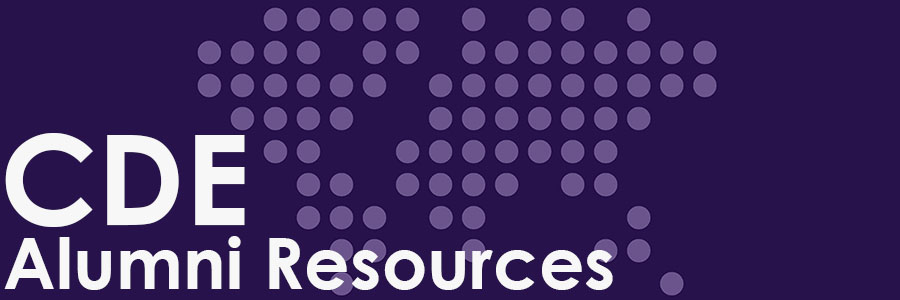Article: Public Economics
by Saugato Datta and Sendhil Mullainathan
Originally published in 2012
CDE Relevance: portions of this article have been assigned as required reading for a CDE core course in public economics.
In this article for the Center for Global Development, Datta and Mullainathan describe how findings from behavioral economics and psychology have found new application in the design and implementation of policy interventions.
The authors begin by describing how behavioral economics became integrated into policy design. Once project evaluation became the modus operandi for policy interventions, researchers had to ask why some interventions worked and others did not, and they necessarily ran into behavioral explanations.
Many development programs, whether intentionally or not, had been and still are designed for people with perfect self-control, perfect attention, and the perfect ability to analyze and evaluate which of many courses of action are appropriate for them. In the real world, these assumptions don't hold. (Remember how you were going to go to the gym today, or you were going to eat more vegetables, or you weren't going to splurge on that shopping spree?)
The authors propose a framework of changing how problems are defined and diagnosed, and how solutions are designed. When parents avoid giving their children vaccinations, for instance, rather than concluding that the parents don't value their children's health, it might be possible that they've just been putting it off until tomorrow. More generally, when we change the diagnosis of the problem to consider behavioral aspects, we might discover different potential solutions.
In order to help encourage vaccination, for instance, a design change might be in order: simple reminders or text messages might just make a difference.
Furthermore, a critical behavioral framework can reveal new problems: rather than targeting the price of medicine, for instance, it might be just as relevant to ensure that the medicine actually gets taken.
They provide an example of the behavioral approach in the context of fertilizer use, describing the issues farmers face: they put off going into town to buy fertilizer (who has time for that?), and it's hard to save a one-time income windfall (harvest) until the next planting season in order to pay for fertilizer. Potential solutions might include delivering the fertilizer, and giving farmers the option to put their harvest income into a savings account that will be locked until they need to buy fertilizer before the next planting season.
There are two major takeaways here:
1) sometimes things that seem laughably small (the cost of going into town) can be relevant;
2) the very smallness of potential interventions is part of what leads to their appeal.
It's the very idea of finding where a little marginal tweak can have big effects. As economists who focus on the margin, this sort of argument is appealing. Why throw resources into interventions with small marginal gains, when a little change in the right place might be all it takes?
The authors' fertilizer example provides one such instance: rather than making farmers go into town for fertilizer, delivering it to them gave a 10% subsidy on the price of fertilizer but led to usage increases of 70%, which amounted to the gains that giving a 50% subsidy would have provided.
The report also covers other limited behavioral resources, including self-control, attention, and cognitive capacity (that it's hard to take in a lot of new information, as I'm sure you all know. Do you remember how hard it was trying to retain all that information from orientation?), as well as potential pathways for designing policies that take these limitations into account.
Behavioral knowledge isn't just for policy: knowing these limitations about our own psychology means we can target our own interventions, and try to get the best out of ourselves.
For instance, I set automatic monthly transfers into my savings accounts, and have alarms on different devices both for going to bed and getting up so I can be to bed and to rise consistently. I stocked my phone with podcasts from places like Brookings and VoxDev rather than filling it with music, so I'll have something engaging to gnaw on while I'm walking or biking around. I loaded my Economist app and folders upon folders of pdfs of articles into my tablet and phone, so that if I'm waiting for the bus, I have something both fun and intellectually valuable to keep me engaged.
It's always a work in progress, and no one gets it right all the time, but whether individually or for targeting groups of people, knowing our human foibles, and understanding ourselves, is key to nudging us to do what we wished we would do anyway.
Abstract:
Successful development programs rely on people to behave and choose in certain ways, and behavioral economics helps us understand why people behave and choose as they do. Approaching problems in development using behavioral economics thus leads to better diagnosis, which in turn leads to better-designed solutions. This paper sketches how to use behavioral insights to design development programs and policies. It distills the key insights of behavioral economics into a simple framework about the constraints under which people make decisions. It then shows how this framework leads to a set of behavioral design principles whose use can improve the reach and effectiveness of a variety of development programs.
Here's a classic example of the self-control limitations to which the authors refer: the infamous marshmallow test
